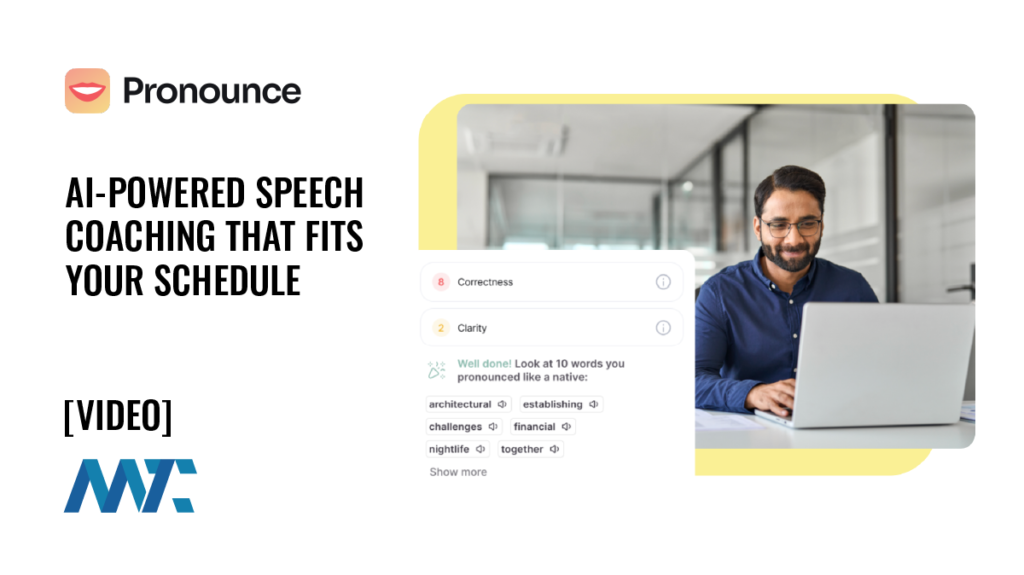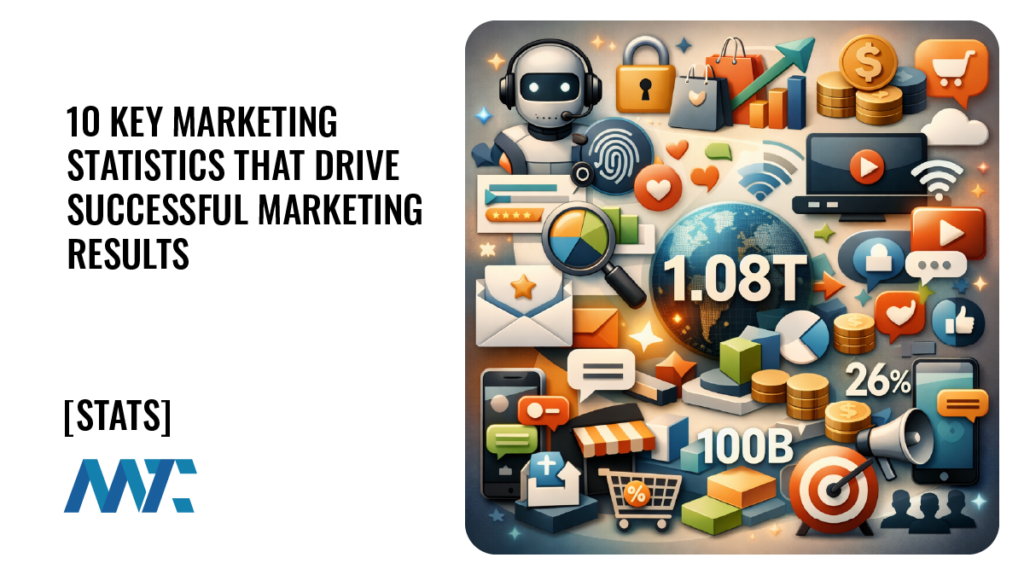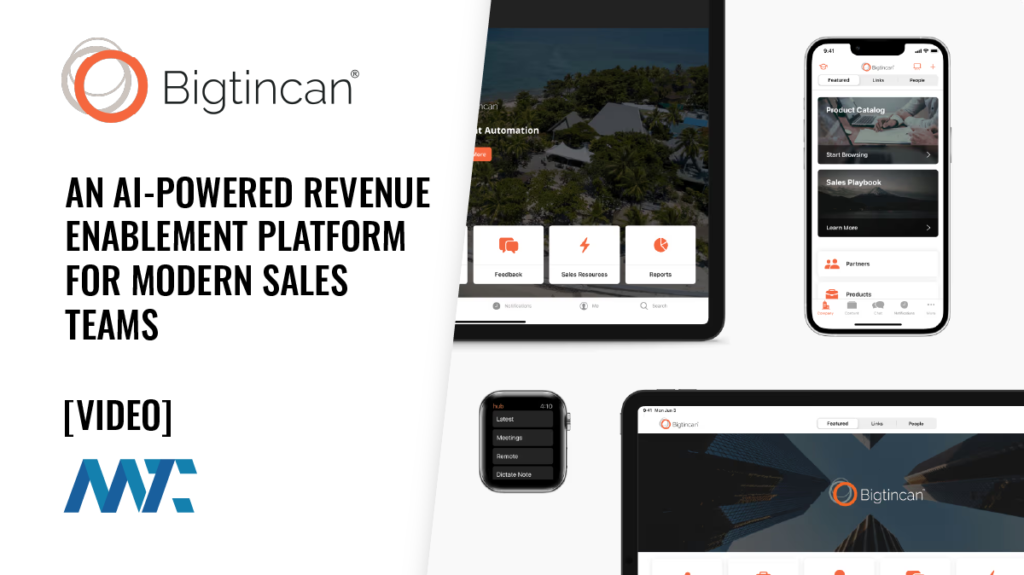Managing Your IP, Copyrights, and Digital Rights as a Content Creator in the Age of AI

In an era where artificial intelligence (AI) is not just a tool but an active content generator, creators are facing a rapidly evolving threat landscape. Original works—whether text, audio, visual, or video—can now be copied, remixed, or emulated with staggering realism by machines trained on publicly available data. Unfortunately, that data often includes content from creators who never gave their consent to its use.
To defend your rights, it’s no longer enough to publish and rely on goodwill. Content creators must actively manage their intellectual property, understand the legal protections available to them, enforce platform policies, and be prepared to act swiftly when infringement occurs. This guide outlines how to protect your creative work and what to do when someone else uses it without permission.
Table of Contents
Know Your Legal Rights
When you create original content, you automatically hold copyright to that work under U.S. and most international laws. Copyright gives you the exclusive right to reproduce, distribute, display, perform, or adapt your work. You can also license these rights to others or restrict their use entirely.
Depending on your country and the type of content, you may also have:
- Trademark rights, which apply to logos, brand names, and product identifiers
- Right of publicity, which protects your image, voice, and likeness from unauthorized commercial use
- Moral rights, which can prevent distortion or misrepresentation of your work in countries that recognize them
While copyright registration is not required to assert your rights, it significantly strengthens your position if you need to go to court, especially in the U.S.
How AI Is Changing the IP Landscape
Generative AI systems can replicate style, voice, tone, and visuals with increasing fidelity. They’re often trained on datasets that include copyrighted books, images, music, and video—frequently scraped from the open web without permission. That raises major concerns for content creators, many of whom are already seeing their work repurposed or imitated.
Recent legal cases illustrate the intensity and complexity of this issue:
- Authors vs. OpenAI and Microsoft (July 2025): Writers Catherine Denial, Ian McDowell, and Steven Schwartz filed a class action in California, alleging their books were used—via illegal shadow libraries—to train AI models. The case argues that this practice normalizes systemic copyright violation.
- Fair Use Rulings for Meta and Anthropic (June–July 2025): Courts dismissed claims from Sarah Silverman, Ta-Nehisi Coates, and others, finding that if training data was lawfully obtained, AI use may qualify as fair under copyright law. However, Anthropic still faces a December trial over storing more than 7 million pirated books.
- Disney and NBCUniversal vs. Midjourney (June 2025): The media giants sued the image-generation platform for producing artwork resembling characters like Darth Vader and Shrek. The suit seeks financial damages and an injunction on generating infringing content.
- Getty Images vs. Stability AI (June 2025): Getty dropped direct copyright claims in the UK but is continuing with trademark and secondary infringement allegations, reflecting the difficulty of applying copyright law to machine-generated content.
These cases reveal a legal environment that remains in flux, with inconsistent interpretations of fair use and increasing pressure on AI companies to license training materials properly.
Legal Obligations of Online Service Providers
Under laws like the DMCA, OSPs must respond to valid copyright infringement complaints to maintain their safe harbor protection, which shields them from liability for user-generated content (UGC). Here are a few examples:
- GoDaddy offers a formal process for DMCA complaints, leading to the removal of content or account suspension for validated infringements.
- Google Ads investigates copyright complaints against ads in its network, removing infringing ads or disabling the accounts of repeat offenders.
- Mailchimp: Reviews abuse reports, including copyright infringement, with actions ranging from content removal to service termination for violations.
Because failure of OSPs to comply with takedown requirements can result in loss of safe harbor protections and potential legal liability, they will follow up on the issue.
What To Do If Your Content Is Stolen
If you discover that your content—whether a blog post, video, image, or likeness—has been reused without your permission, follow this structured response plan:
Step 1: Collect Evidence
Immediately take screenshots, copy URLs, and use tools like the Wayback Machine to preserve records. If your work has been altered or used by AI, metadata, file signatures, or plagiarism checkers (such as Copyscape or Originality.ai) can help establish provenance.
Step 2: Identify the Infringer’s Platforms
Determine where the unauthorized content is hosted and distributed. This often includes:
- Social media platforms (Instagram, Facebook, TikTok, LinkedIn)
- Video hosting sites (YouTube, Vimeo)
- Content platforms (Substack, Medium, WordPress)
- AI tools (Midjourney, ChatGPT, Claude, Stability AI)
- Monetization platforms (Google AdSense, Mediavine, Amazon Affiliates)
- Web hosts and CDNs (Cloudflare, AWS, GoDaddy)
Every one of these services typically has a copyright or abuse reporting mechanism—and you should report the violation to each of them.
Step 3: Submit a DMCA Takedown Notice
The Digital Millennium Copyright Act gives creators the right to demand removal of infringing material. To file a takedown:
- Locate the copyright complaint form for the platform or service
- Describe your original work
- Include a link to the infringing material
- State under penalty of perjury that the claim is valid
- Sign the request (typed signatures are accepted)
You can send DMCA notices to the platform hosting the content, the web host (via WHOIS lookup), search engines like Google (to deindex stolen content), and even the services monetizing the infringing work.
Subject: DMCA Takedown Notice - [Your Name/Company Name]
To: [Recipient Name/Designated Agent], [Website/Service Provider Name]
Date: [Date]
Dear [Recipient Name/Designated Agent],
I am writing to notify you of copyright infringement under the Digital Millennium Copyright Act (DMCA) on your website/service located at [Website URL].
1. Identification of Copyrighted Work:
Title:[Title of your copyrighted work]
Description:[Brief description of your work]
Location on Your Website:[Original URL(s) where your work is hosted]
2. Identification of Infringing Material:
Location on Your Website:[Specific URL(s) where the infringing material is located]
Description:[Description of the infringing material (e.g., image, video, text)]
3. Statement of Ownership:
I have a good faith belief that use of the copyrighted material described above is not authorized by the copyright owner, its agent, or the law. I swear, under penalty of perjury, that the information in this notification is accurate and that I am the copyright owner or am authorized to act on behalf of the owner of an exclusive right that is allegedly infringed.
4. Contact Information:
Name:[Your Full Name]
Company:[Your Company Name (if applicable)]
Address:[Your Mailing Address]
Email:[Your Email Address]
Phone:[Your Phone Number]
5. Action Requested:
I hereby request that you immediately remove or disable access to the infringing material identified above.
I appreciate your prompt attention to this matter. Please notify me once the infringing material has been removed or disabled.
Sincerely,
[Your Signature (if sending a hard copy)]
[Your Typed Name]Step 4: Report to All Associated Services
Beyond the hosting platform, notify:
- CDNs and infrastructure providers (Cloudflare, Netlify, etc.)
- Ad networks and affiliate programs used by the infringer
- Social media and content syndication channels amplifying the stolen material
- Email service providers if newsletters or campaigns include your IP
- Ecommerce or print-on-demand platforms profiting from your visuals
These platforms generally prohibit infringing content under their terms of service and can disable accounts or stop monetization.
Step 5: Send a Cease and Desist Letter
If the infringer is identifiable and has a business presence, consider sending a formal cease-and-desist letter. It should demand the removal of your content, outline the legal consequences of continued use, and specify a response deadline. A professionally written letter—ideally from an IP attorney—often resolves disputes quickly.
If you cannot contact the site owner, you can identify them through other means, such as a WHOIS lookup. You can still report them to any of the third-party services listed on their website. I’ve had 100% success in reporting content thieves this way.
Step 6: File a Legal Complaint
When takedowns and platform reports fail, legal action may be necessary. Your options include:
- Filing a civil lawsuit in your jurisdiction for copyright infringement
- Using small-claims alternatives like the U.S. Copyright Claims Board for damages under $30,000
- Suing for misappropriation or right of publicity if your name, image, or voice is misused
- Filing an injunction to stop further misuse of your work
An IP attorney can advise on the most appropriate route based on the nature and severity of the infringement.
Proactive Protection Strategies
Even before infringement occurs, you can take these steps to reduce the likelihood of your work being stolen or misused by AI systems:
- Register your copyrights with the U.S. Copyright Office or equivalent national body to ensure full legal recourse.
- Watermark and tag your files with visible or invisible markers, including metadata for authorship and usage rights. I include the copyright symbol, the year (dynamically updated), and my legal corporation name, along with a link to my corporate website, for every site and distribution resource. That includes my site, my mobile site, my feed, and even my emails.
- Publish licensing terms (e.g., Creative Commons or custom terms) clearly on your site or content platforms.
- Set up alerts with tools like Google Alerts, Copyscape, or PimEyes to quickly catch unauthorized uses.
- Use AI opt-out protocols where available to restrict training on your published work.
TDM Reservation Protocol
The TDM Reservation Protocol was designed to address a loophole in text and data mining laws, especially in the European Union, where Article 4 of the Copyright Directive allows TDM without prior authorization unless the rights holder explicitly reserves their rights. The protocol provides a standardized method for making that reservation clear and machine-readable.
The reservation is communicated using machine-readable metadata, typically via:
- HTTP headers: When a crawler or bot visits a webpage, the server can return a
text-and-data-mining: disallowHTTP header. - Robots.txt file: A special entry in the site’s
robots.txtfile can declare that TDM is not permitted. - HTML meta tags: Metadata embedded in HTML using the
<meta>tag can also include a TDM opt-out statement.
An HTTP header:
Apache
<IfModule mod_headers.c>
Header set text-and-data-mining "disallow"
</IfModule>Nginx
add_header text-and-data-mining "disallow";Robots.txt
User-agent: *
Disallow: /
Text-and-data-mining: disallowAI presents both creative opportunity and risk. For content creators, the risks are increasingly tied to how machine learning models are trained, how platforms facilitate content sharing, and how quickly a copied image or article can go viral. Waiting to respond until after your content is used without permission can leave you behind.
By asserting your rights, understanding your options, and reporting every point of abuse—from the publisher to the hosting provider to the monetization partner—you can reclaim control over your work in a digital world shaped by automation.



